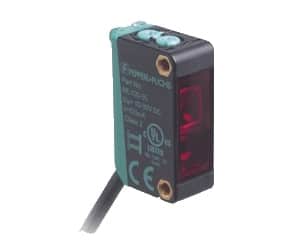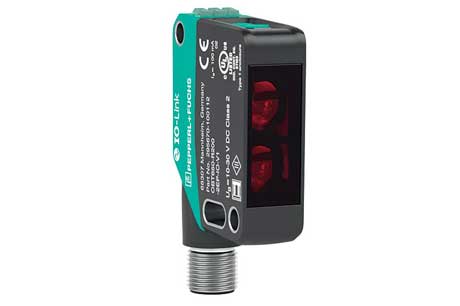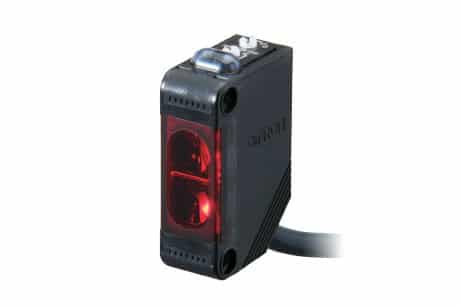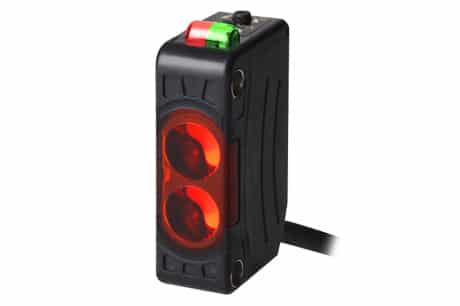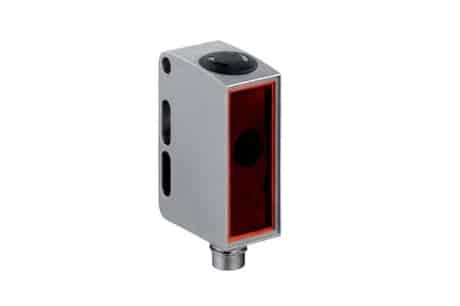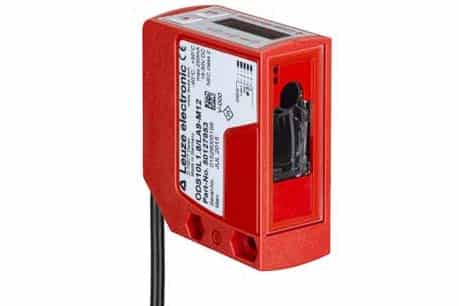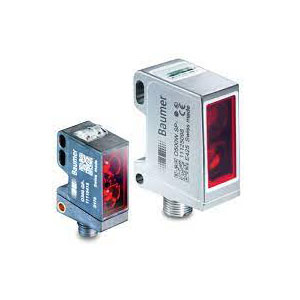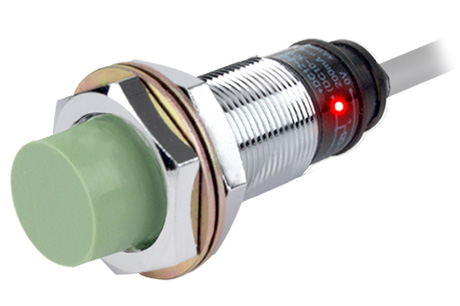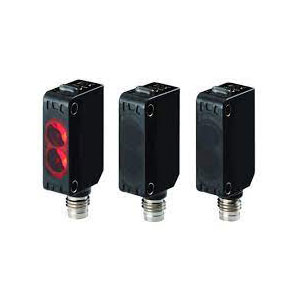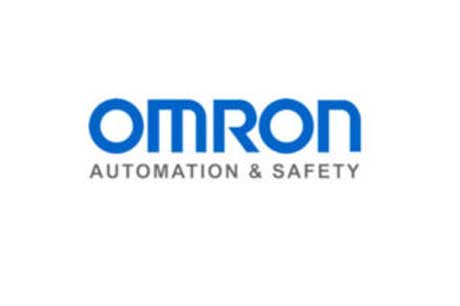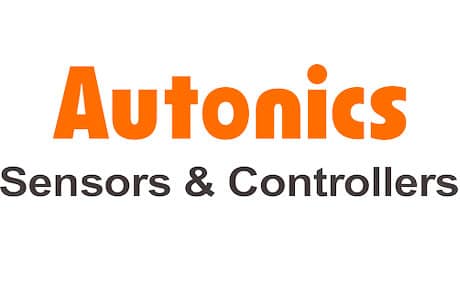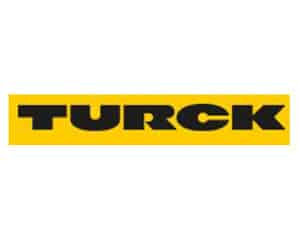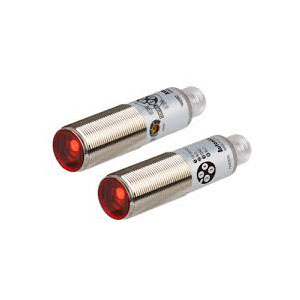Basic Photoelectric Sensor Guide
Photo sensors are used in many industrial applications. They are found in the food and beverage, automotive, machine engineering, material handling, and pharmaceutical industries.
These sensors are essential for detecting objects, measuring distances, and providing reliable, accurate, and non-contact sensing. In this blog, we will be providing a comprehensive guide on photoelectric sensors, covering everything from the basics.
What is a Photoelectric Sensor?
A photoelectric sensor is a type of device that utilizes light to detect whether an object is present or absent. The sensor operates by emitting a beam of light.
This beam is usually infrared or Red Light. It is directed toward the object that needs to be detected.
The sensor recognizes the absence of light if the light beam is interrupted. It uses this data to activate an output circuit. This circuit can trigger an alarm or turn a device on or off.
Photoelectric Sensor Working Principle
The photoelectric sensor operates based on the fundamental properties of light. Light, which is a form of electro-magnetic radiation, travels through space and is characterized by its wave-like behavior. It travels in a straight line, and its speed remains constant in a vacuum. Depending on the materials it encounters, light can be refracted or reflected, and its polarization can change.
In simpler terms, the working principle of a photoelectric switch involves the interaction between light and an object. A light source, typically a LED (Light Emitting Diode), produces a light beam that is directed toward the object being detected. The object then reflects the light beam, which is received by the light receiver.
The light receiver converts the received light signal into an electrical signal that is processed by the main circuit. The output circuit sends a signal to the load based on the processed electrical signal. The load could be a relay, controller, PLC, solenoid valve, or another device.
Properties of Light
The properties of light play a crucial role in the functioning of photoelectric sensors. The following are the properties of light that are essential for photoelectric sensors:
Rectilinear Propagation: Light travels in straight lines. This is known as rectilinear propagation. This property is used in photoelectric sensors. A beam of light is directed towards the object to be detected.
Refraction: Light is refracted when it passes through a medium with a different refractive index. This property is used in photoelectric sensors to control the direction of the light beam.
Reflection: Light is reflected when it hits a surface, and this property is used in photoelectric sensors to create a reflected beam of light that is directed back toward the sensor.
Polarization of Light: Light can be polarized, and this property is used in photoelectric sensors to control the orientation of the light beam.
Light Sources
The light source used in a photoelectric sensor is a crucial component, and its choice will depend on the specific application. The following are the types of light sources used in photoelectric sensors:
Light Generation: There are two main types of light generation used in photoelectric sensors, pulse modulated light, and non-modulated light.
Pulse Modulated light: Pulse-modulated light is used in photoelectric sensors where a high level of accuracy is required, and the light source is turned on and off at a high frequency.
Non-modulated Light: Non-modulated light is used in photoelectric sensors where a lower level of accuracy is required, and the light source is continuously on.
Triangulation
Triangulation is a method of determining the position of an object based on the angles between three points. In photoelectric sensors, triangulation is used to determine the position of an object based on the angles between the light source, the object, and the light receiver.
Four Basic Parts of the Photoelectric Sensor
A photoelectric sensor typically contains four main components. These are the light source, the light receiver, the main circuit, and the output circuit.
Light Source: This is the device that produces light, which is directed toward the target object. The light source can be an LED.
Light Receiver: This is the device that receives the light that has been reflected back from the target object. The light receiver converts the light into an electrical signal, which is then processed by the main circuit.
Main Circuit: This is the component that processes the electrical signal generated by the light receiver. The main circuit includes amplifiers, filters, and comparators that condition the signal and determine whether the signal exceeds a certain threshold.
Output Circuit: This is the component that generates the final output signal, which can be used to trigger an action such as turning on a motor or activating an alarm. The output circuit can include relays, transistors, and other electrical components.
Photoelectric Sensor Types
Photoelectric sensors can be classified into three different types based on their sensing methods: thru-beam, retro-reflective, and diffuse.
Thru Beam Photoelectric Sensors
Thru-beam photoelectric sensors, also known as through-beam sensors, are a type of photoelectric sensor. That uses a light source and a light receiver to detect the presence or absence of an object. The light source and light receiver are positioned on opposite sides of the target area, and the light beam passes through the target area and is received by the light receiver.
If an object is present in the target area, it will interrupt the light beam, causing the light receiver to generate an electrical signal. That can be used to trigger an action, such as turning on a motor, Controller or activating an alarm.
Thru-beam photoelectric sensors are commonly used in applications where the target object is large, fast-moving, or where a high level of accuracy is required. They are also commonly used in applications where it is important to detect the presence of an object without making physical contact with it.
Some of the key features of thru-beam photoelectric sensors include long sensing distances, high accuracy, fast response times, and high resolution. They are widely used across a variety of industries, including automotive, food and beverage, machine engineering, material handling, and pharmaceuticals.
Retro Reflective Photoelectric Sensors
Retro Reflective Photoelectric Sensors are a type of photoelectric sensor that utilizes a light source and a light receiver to detect the presence or absence of a target object. This type of sensor operates by emitting a light beam from the light source, which is then reflected back to the light receiver by a retro reflector. The retro-reflector is typically a small device that reflects light back to its source.
The light beam from the light source to the light receiver is interrupted when the target object is placed between the light source and the retro reflector. This interruption of the light beam is detected by the light receiver, which then generates an electrical signal that can be processed by the main circuit.
Retro Reflective Photoelectric Sensors are typically used in applications where the target object is located at a long distance from the sensor, or where the target object is moving. These retro-reflective sensors are also commonly used in industrial applications. Where it is important to detect the presence or absence of a target object without making physical contact with the target object.
Diffuse Photoelectric Sensors
Diffuse sensors, also known as diffuse photoelectric sensors, are a type of photoelectric sensor. That detects an object by sensing the scattered light that is reflected from the object. Unlike thru-beam or retro-reflective photoelectric sensors, diffuse sensors do not require a direct line of sight between the light source and the light receiver. Instead, the light is directed at the object from the light source, and the scattered light is detected by the light receiver.
Diffuse sensors are often used in applications where it is difficult or impossible to maintain a direct line of sight between the light source and the target object. For example, diffuse sensors are commonly used in the packaging, bottling, and printing industries, as well as in material handling applications.
Diffuse sensors typically have a large sensing range, which makes them well-suited for use in a variety of applications.
Features of Photoelectric Sensors
These Photoelectric sensors have several key features that make them a popular choice for many applications.
Long Sensing Distance: Photoelectric sensors have a longer sensing distance compared to other types of sensors. This makes them ideal for detecting objects at a distance and measuring the distance between the sensor and the target.
Virtually No Sensing Object Restrictions: Photoelectric sensors can detect a wide range of objects, including metal, plastic, glass, and even transparent materials. This makes them a versatile option for many applications.
Fast Response Time: Photoelectric sensors have a fast response time, meaning they can detect objects and changes in their environment quickly. This makes them ideal for high-speed applications where a fast response time is crucial.
High Resolution: Photoelectric sensors have high resolution, meaning they can accurately detect objects and measure distances or speeds with great precision.
Non-contact Sensing: Photoelectric sensors work by detecting the light that is reflected off the target object. This means they can detect objects without physically touching them, which makes them ideal for applications where physical contact is not desirable.
Easy Adjustment:Photoelectric sensors are easy to adjust, meaning that they can be fine-tuned to suit the specific requirements of the application. This includes adjusting the sensitivity, response time, and other parameters to ensure optimal performance.
Photoelectric Sensor Applications
Photoelectric sensors are widely used in various industries due to their unique features and high performance. Some of the major applications of photoelectric sensors include:
Food & Beverage Industry: Photoelectric sensors are used in the food and beverage industry for detecting and monitoring various stages of the production process. They are used for detecting and counting food items, detecting fill levels in containers, and detecting the presence of foreign objects in the food.
Automotive Industry: Photoelectric sensors are used in the automotive industry for detecting and controlling various processes such as assembly, painting, and inspection. They are also used for detecting the presence and position of parts on a production line.
Machine Engineering:Photoelectric sensors are used in machine engineering for detecting and controlling various processes such as material handling, production, and inspection. They are also used for detecting the presence and position of parts on a production line.
Material Handling: Photoelectric sensors are used in material handling for detecting and controlling various processes such as conveyor systems, material transfer, and material handling equipment.
Pharmaceutical Industry: Photoelectric sensors are used in the pharmaceutical industry for detecting and monitoring various stages of the production process, such as detecting the presence of tablets and capsules, detecting fill levels in containers, and detecting the presence of foreign objects in the product.
These are some of the major applications of photoelectric sensors across various industries.
Difference Between Proximity Sensor and Photoelectric Sensor
Proximity sensors and photoelectric sensors are two types of sensors that are commonly used in industrial applications to detect the presence or absence of objects. While they both serve similar purposes, they have some key differences that make them better suited for certain applications.
The main difference between proximity sensors and photoelectric sensors is the way in which they detect objects. Proximity sensors detect the presence of objects, while photoelectric sensors use light to detect objects.
Proximity sensors are best suited for applications where the target object is metal or has a metallic component, and where the target object is close to the sensor. Photoelectric sensors, on the other hand, are best suited for applications. The target object is not only metal, and where the target object is farther away from the sensor.
Another difference between proximity sensors and photoelectric sensors is their response time. Proximity sensors tend to have faster response times than photoelectric sensors. But photoelectric sensors have longer sensing distances and can detect objects more accurately.
In terms of cost, proximity sensors are generally less expensive than photoelectric sensors, but photoelectric sensors offer more versatility and are better suited for more complex applications.
The choice between proximity sensors and photoelectric sensors will depend on the specific application and the required performance characteristics.
What is Light-on and Dark-on in Photoelectric Sensor
The light-on mode and dark-on mode are two different operating modes of photoelectric sensors.
In light-on mode, the photoelectric sensor is activated when it detects light. This means that the sensor will produce an output signal when it senses light from the light source reflected off of the target object.
In dark-on mode, the photoelectric sensor is activated when it does not detect light. This means that the sensor will produce an output signal when the target object is blocking the light from the light source and the light receiver is not detecting any light.
So, the difference between light-on mode and dark-on mode lies in the way the sensor is triggered. Light-on mode is triggered when the sensor detects light, while dark-on mode is triggered when the sensor does not detect light.
Difference between BGS (Background Suppression) and FGS (Foreground Suppression)
BGS (Background Suppression) and FGS (Foreground Suppression) are two types of sensing methods used in photoelectric sensors. They both help to differentiate between the target object and its background, but they do so in different ways.
BGS (Background Suppression) sensors are designed to detect an object that is closer to the sensor than its background. This is achieved by directing the light from the light source at an angle so that it does not reach the background. When an object comes into the field of view, it reflects the light back to the light receiver, causing an output signal to be generated.
FGS (Foreground Suppression) sensors, on the other hand, are designed to detect an object that is farther away from the sensor than its background. This is achieved by directing the light straight toward the target object and having the light receiver positioned in such a way that it can detect the light that has been reflected back. When an object comes into the field of view, it blocks the light that is being directed toward the background, causing an output signal to be generated.
In simple, BGS (Background Suppression) sensors are ideal for detecting objects that are closer to the sensor, while FGS (Foreground Suppression) sensors are ideal for detecting objects that are farther away from the sensor.
Difference between PNP Output & NPN Output
PNP and NPN outputs are two types of electronic outputs used in sensors and other electronic devices. The difference between PNP and NPN outputs is based on the direction of current flow and the type of transistor used in the output circuit.
PNP Output:
PNP stands for “positive-negative-positive” and refers to a type of transistor that is used in the output circuit of a sensor. PNP transistors are current-driven devices, meaning that they are triggered by a current flowing into the base of the transistor. When a PNP output is triggered, it allows current to flow from the collector to the emitter.
NPN Output:
NPN stands for “negative-positive-negative” and refers to a type of transistor that is used in the output circuit of a sensor. NPN transistors are voltage-driven devices, meaning that they are triggered by a voltage applied to the base of the transistor. When an NPN output is triggered, it allows current to flow from the emitter to the collector.
The main difference between PNP and NPN outputs is the type of transistor used in the output circuit and the direction of current flow. PNP outputs are current-driven and allow current to flow from the collector to the emitter, while NPN outputs are voltage-driven and allow current to flow from the emitter to the collector.
Summary of the Blog
In this article, we have discussed the operating principle of photoelectric sensors, the four basic parts of a photoelectric sensor, and the three types of photosensor sensing methods. We also covered the difference between Background Suppression (BGS) and Foreground Suppression (FGS), the features of photoelectric sensors, and the various applications of photoelectric sensors across different industries.
Furthermore, we compared photoelectric sensors with proximity sensors and discussed the light-on and dark-on modes. Lastly, we highlighted some of the top photoelectric sensor manufacturers.
Final Thoughts on Photoelectric Sensors
Photoelectric sensors are an essential component in various industrial applications and have become increasingly important in various industries. With their ability to detect objects at a distance, high resolution, and fast response time, photoelectric sensors provide a cost-effective and reliable solution for detecting and controlling processes.
Whether it is for food & beverage, automotive, machine engineering, material handling, or pharmaceutical, photoelectric sensors have a wide range of applications that make them a valuable addition to any manufacturing process. In conclusion, photoelectric sensors are a highly reliable, versatile, and cost-effective solution for various industrial applications.

